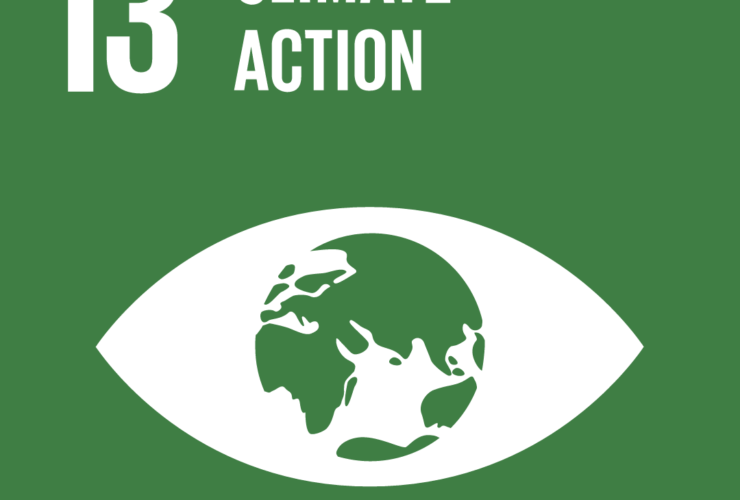Here is why the proposed Lamu coal plant is not viable
Source: The Standard
Mr. Patrick Mbataru’s article in The Standard of October 12 arguing that the “Lamu coal power plant is viable” is unconvincing and one-sided. The article gives false information on what the Environmental and Social Impact Assessment (ESIA) of the plant states, which gives me the impression that he is misrepresenting the report.
Mr. Mbataru says the project “will not have adverse impact,” whereas the ESIA clearly states on Page 15 of its executive summary that, “there may be adverse impacts which are challenging to quantify and mitigate.”
The author should note that the ESIA was undertaken by a consultant paid by Amu Power and reviewed by the National Environmental and Management Agency (NEMA), which received Sh40 million licence fees from Amu Power. NEMA gave the 1,300-page report a clean bill of health. So how can Mbataru take this report as unbiased?
I would expect a prudent analysis to look at alternative sources of information, contrary to the article’s claim that the main issues of the project opponents are only three things: “Economic viability, environmental degradation and land dispossession.”
More serious issues are disregard of the law, failure to follow due process and inadequate consultation. Mbataru focuses on land issues on the construction site. The farmers are entitled to compensation whether the plant comes into being or not, since the proposed site was already designated as part of the “Greater Lamu Port Area” by the national government and compulsory acquisition of the land is inevitable.
The author pays little attention to issues of marine and air pollution, which are most critical for Lamu as a maritime county. The technology proposed in the ESIA is not the cleanest and the project proponents fail to pursue better and cleaner alternatives.
The project proponents also opted for super-critical technology, whereas ultra-supercritical (USC) and advanced ultra-supercritical (A-USC) technologies are cleaner. These technologies require less coal per megawatt-hour and lead to lower emissions, higher efficiency and lower fuel costs per megawatt.
I agree with Mbataru that “fly ash and bottom ash can be used for making cement, gypsum and superior tarmac compared to conventional material”. But my question is, did he read the part in the ESIA that says Amu Power will not reuse the coal combustion products? The ESIA states that they have designed to store the ash in a yard instead. To make it worse, the study does not detail the plan for handling the ash safely during operation or after the plant is decommissioned.
One thing is for sure, these best practices I have mentioned are definitely more expensive than the current design of the power plant. So, by avoiding these cleaner technologies, the project proponents are saving money for themselves and diverting the cost of the project to the local community.
The article notes that the plant will cost Sh7.50 per kilowatt, measured as per leveled costs of electricity (LCOE). The LCOE is only the net present value of the unit-cost of electricity over the lifetime of the plant. LCOE does not take into account mitigation costs and environmental clean-up costs. Secondly, the LCOE is estimated based on conventional power plants and tends to be higher for “clean coal” technologies.
Based on this, we cannot conclusively say coal is viable or the cheapest.
In fact, if you read the Lamu Coal Plant ESIA, natural gas is listed as having the lowest project cost: a faster development timeline has a 24-hour availability and, best of all, is cleaner fuel. So what justified taking the environmental risk of coal only to save a few shillings, especially considering natural gas has been found in Pate Island, Lamu?
Mbataru seems to be excited about Lamu having the tallest flue-gas stack (chimney) in Sub-Saharan Africa (210 meters tall). Nonetheless, chimney height does not reduce air pollution in general. It just means pollution will be less of a problem for the locals in Lamu. It still remains a problem for Kenya and our neighbors.
But despite all the flaws in the article, I do not blame Mbataru for his belief in the hype of “clean” coal as it has become the norm for Kenyans to believe what politicians and the media say. I call upon readers who want to be objective to read the ESIA, research and validate the claims of both the opponents and supporters of the plant.
I agree with Mbataru that we must look at the bigger picture and that means noting that Kenya does not only have a serious power shortage, we also have a serious food shortage resulting from increasing drought and famine, consequences of climate change.


